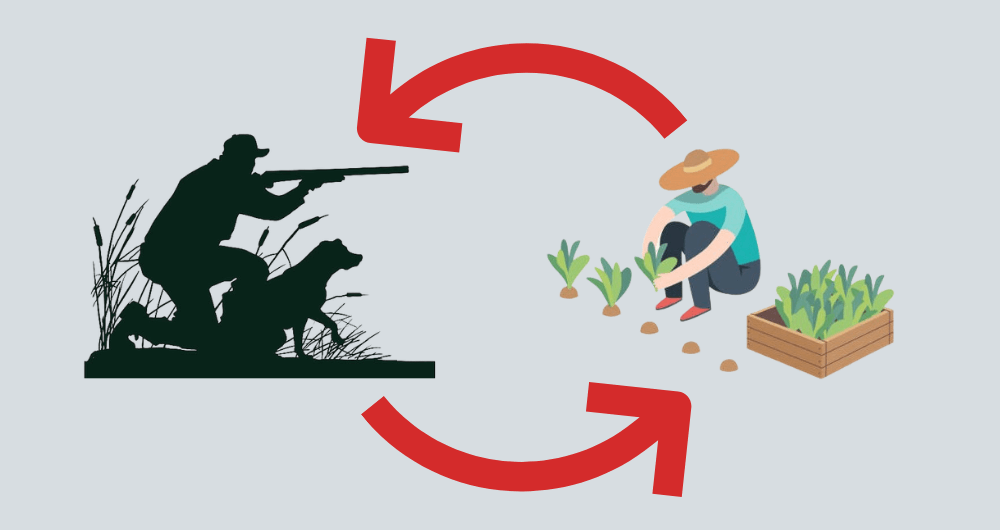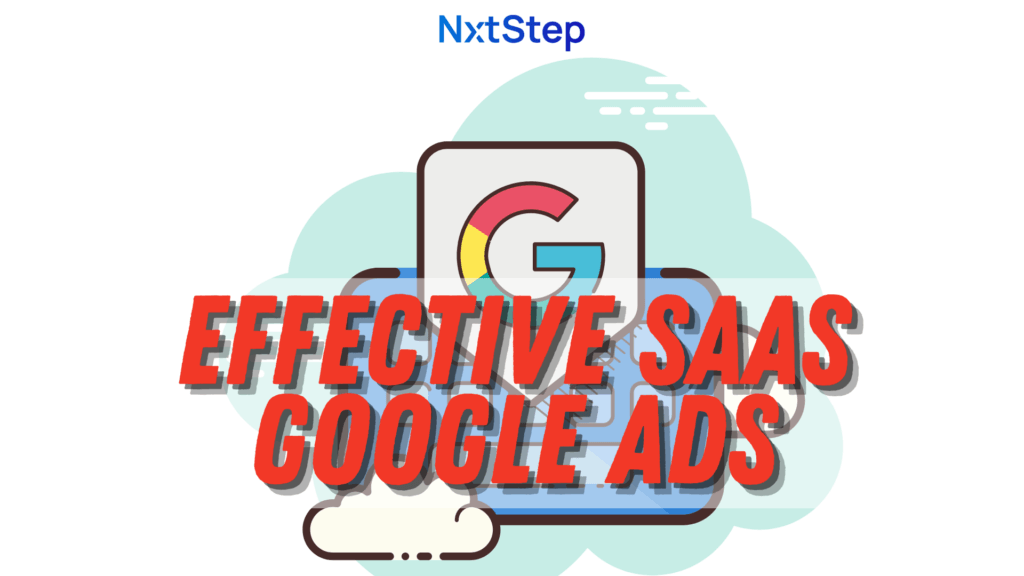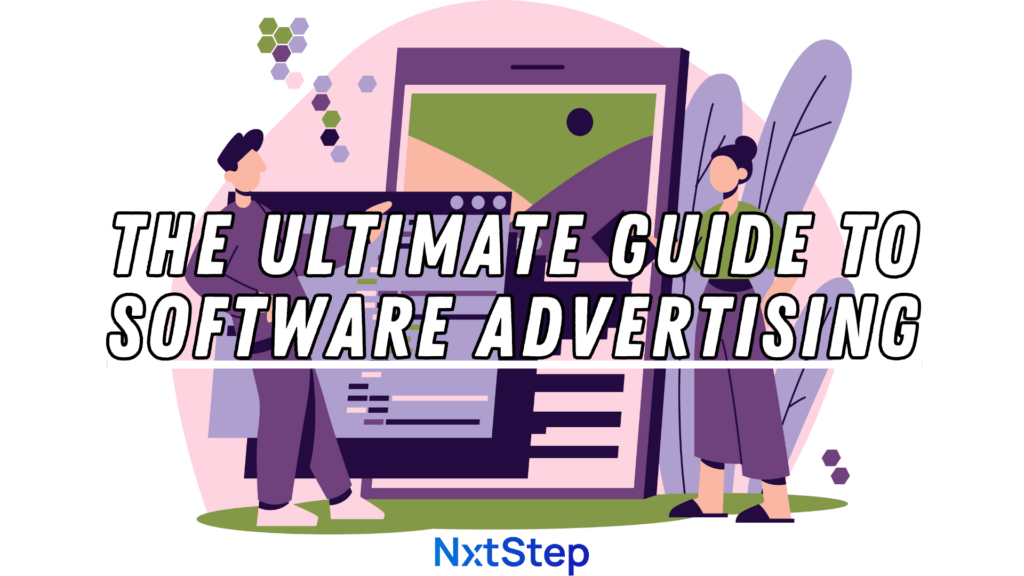There are two primary ways of generating leads for your product business: hunting and farming. Hunting is when you are proactively reaching out to prospects following your product sales process and farming is when you are investing in direct marketing activities that ultimately bring the leads to you more reactively.
Both of these activities are important and serve a purpose. In this article, I’m going to review each strategy and make recommendations for when you should be investing in each.
Background
You may have previously heard of the hunting vs farming analogy when it comes to sales. To me, this fits rather nicely into the construct of sales vs marketing. I feel that most product companies will need both to a varying degree depending upon the phase in which they are currently building their business.
Each of these strategies have their respective advantages and disadvantages, but I feel it’s important that you understand the differences so you know when you should invest in each for your product business.
First, let’s talk about hunting (sales).
Hunting (Sales)
Hunting can be considered dedicated outreach to your target market. Your process should be repeatable to connect with prospects in your target market and start moving them through your sales process. This should generate early sales results for your product company and will help you validate that your sales process is repeatable.

In the case of sales (hunting) you will be finding and creating the leads.
Advantage
A strength of the hunting approach to product sales is that you can theoretically generate results on demand. When you need more sales, you can manufacture them by investing in sales.
Proactivity when it comes to product sales is also helpful from the perspective of generating discovery data which will yield target market insights and help you keep track of where the market is going.
If you leverage this strategy well, it can also provide great content for your farming activities. Any conversation you can generate on demand should yield results into how your target market customers are thinking about solving their problems today (existing solution) and provide greater insight into the problem space which should influence the value proposition of your product.
Disadvantage
Generating results on demand with proactive sales activity is heavily dependent on your sales process. If your sales process isn’t repeatable then you won’t be able to generate sales consistently which will make investing additional resources into this process frustrating and largely a waste of time.
As such, making your sales process work for you requires lots of research and experimentation to build properly.
Sales (hunting) is unlikely to support you at scale to the extent that you desire without a significant investment in marketing (farming) as well.
Pro Tip
Watch out for lead generation services that promise magic. I get flooded constantly with emails and LinkedIn messages promising a ridiculous number of ‘qualified leads’ for my businesses. Spoiler alert, I’ve tried these services and the vast majority of them don’t work.
Instead, you’d be best served building your own product sales process with what you know. Follow my guide in that article and get a copy of the sales templates I provide for free (with examples) to help you build your own process and make it work for your business.
Ultimately your focus when it comes to sales (hunting) should be to create repeatability of your sales process. Once you’ve achieved this step, you’ll be ready to further invest in the process you built and others (marketing / farming) to generate even better results at scale.
Now let’s contrast hunting (sales) with farming (marketing).
Farming (Marketing)
Farming on the other hand relates more to marketing. You may produce what I refer to as ‘hooks’ to get people engaged with your value proposition by producing great content for them so they can learn more about solving their problem.

These marketing efforts should provide you with the ability to grow your brand awareness in your target market. Overtime, the effort you invest in marketing (farming) should pay off as your hooks propagate across the web and are shared throughout communities where your target market hangs out.
This is the process by which you can generate leads for your product business by investing in marketing. In this case, the leads come to you.
Advantage
The most exciting part of investing in marketing (farming) is that the leads come to you. You don’t need to be as dependent on ensuring you are generating a steady stream of leads by reaching out to them proactively. Instead, you can reactively respond to those that express interest in what you’re offering because it connects with them.

Get our awesome product content delivered daily-ish to your inbox
The qualification process of determining whether or not a lead is a good fit for your product is also typically a bit easier when generated from your marketing (farming) process then your sales process. This is because they have already learned more about you. Whether it be an article they read or your website they connected with, something made a compelling enough case for them to reach out to you to learn more. As such, they are coming to you with some of this context already.
Once your marketing efforts reach scale, the number of leads you receive from these efforts should only increase. Investing in marketing (farming) will not only help you generate leads reactively, but increase your brand awareness as well.
Disadvantage
As exciting as those marketing (farming) results sound, they aren’t going to happen overnight. In fact, it can take quite a while for your marketing efforts to produce the kind of results you are looking for. How long this takes depends on how actively you are investing in marketing and the level of demand for what you are producing.
This is why it is key to understand your target market before you begin producing marketing material. Otherwise, you may be investing in activities that are unlikely to produce results because it doesn’t resonate with your audience.
Marketing (farming) is unlikely to generate results as quickly as hunting (sales).
Pro Tip
Watch out for hiring away your responsibility in marketing too early. Not only is it unlikely to produce the type of quality you would like, it can actually damage your brand. I’ve hired quite a few marketers and content writers in my day and unfortunately most of them weren’t great.
In the end, I designed a process of separating the good from the bad, but following the process still takes time. Instead, I’d encourage you to invest in early marketing activities yourself with your core team. To put it rather simply, no one will understand your target market as well as you. As such, you are the perfect person to generate the marketing assets and resources that are of particular relevance to them. Once you’ve built your marketing process, then you can look for ways to improve efficiency through delegation.
Ultimately your focus when it comes to marketing (farming) should be to invest in the future scalability of generating leads and growing your business. Once you reach this level of progress, all of your efforts will start to come together to produce results on a scale that you haven’t experienced before but that will be critical in helping you reach the larger market.
Why You Should Invest in Both
There’s a sequence of steps I’d recommend to follow here to generate the most effective results in the most efficient way.
I would always suggest you start with sales (hunting) and then add investment into marketing (farming) when you’re ready. Once you’ve started both, you need to continually invest in each in different ways throughout the course of building your product business.
Sales is critical for capturing enough discovery data and will heavily influence how you can most effectively generate results through marketing as well.
As it pertains to the ever elusive product-market fit, sales will allow you to keep your eyes on the market and marketing will enable you to share your product updates with the world.
The point is that either will produce results, but both will produce better results if you invest in them together.
How to Make Them Complementary
What you learn from investing in your sales process should influence how you invest in your marketing process.
In my product sales process building article, I offer free sales process templates for designing and building the first version of the process for your business. In the sales script document (one of the templates), I created an FAQ section for handling objections that come up during the sales process. These topics are gold for your marketing efforts. If people are asking about them during the sales process then you should produce excellent content by writing about them. These are obviously top of mind for prospects in your target market.

Once you’ve built a list (email) of subscribers that are interested in what you are building, you can also engage with them to learn more about what they see as their biggest problems and needs so that marketing can start influencing your sales efforts as well.
Getting Started
You need a sales process for hunting to work. As such, you should get a copy of my free templates from my sales process article and build those for your product company. Sign up at the box below to have them sent right to your email.

Get a Copy of Our FREE
Product Sales Process
Templates!
Next, I’ll be writing an article on building your marketing process. Stay tuned for that as well.
Hiring Help
I can help you build a product sales and product marketing process that will deliver results. Email me at sean@nxtstep.io to learn more.







